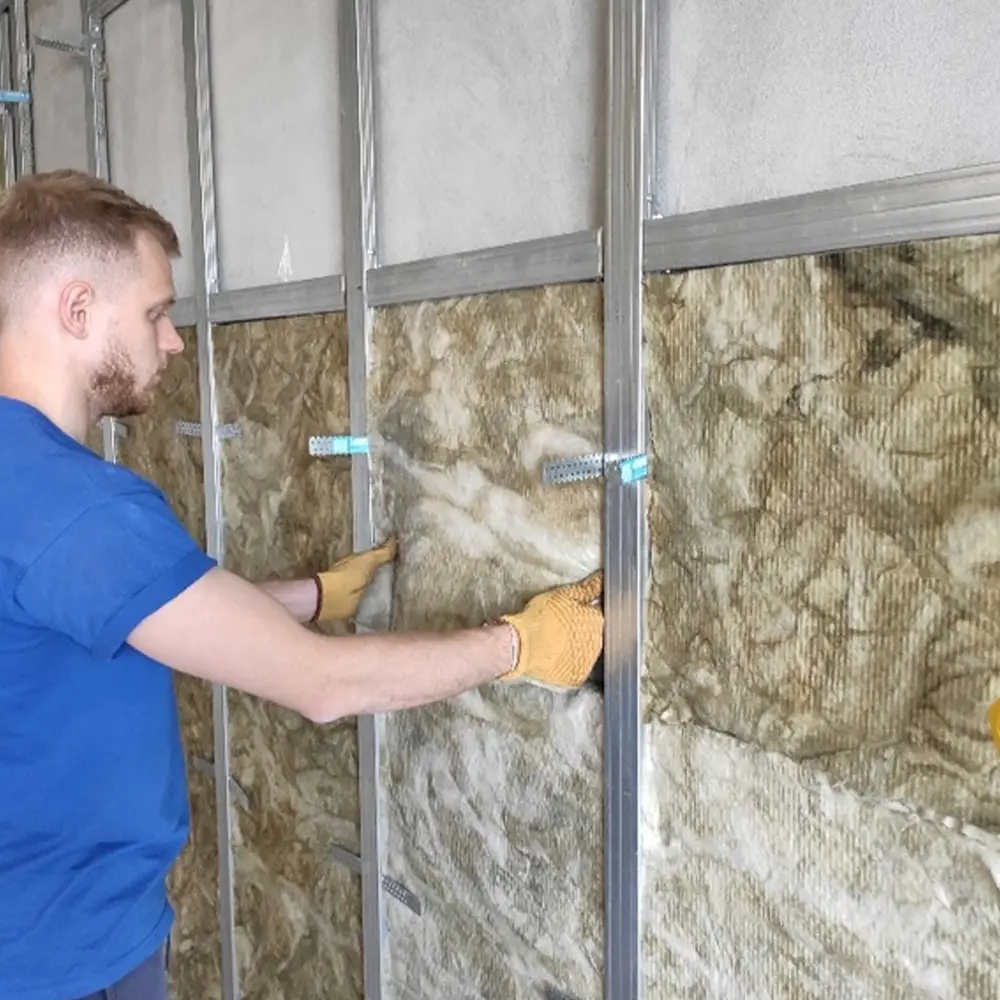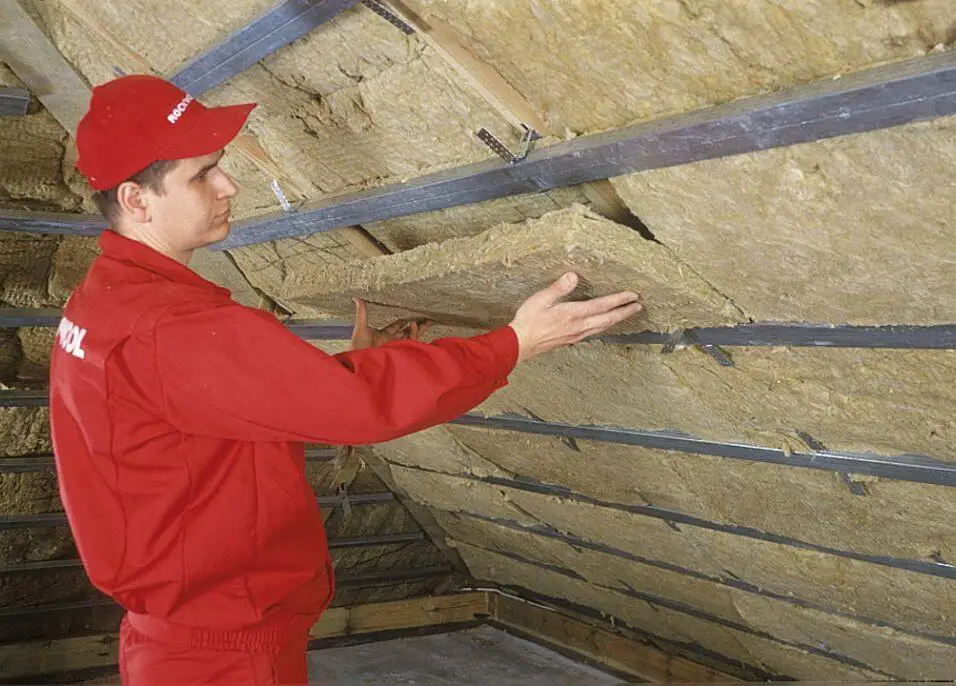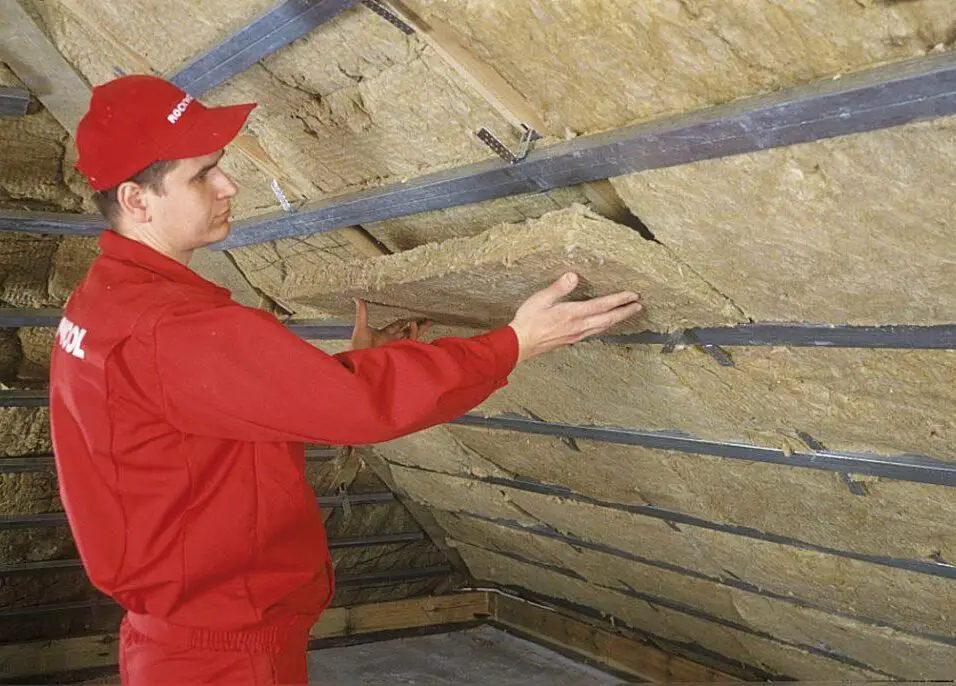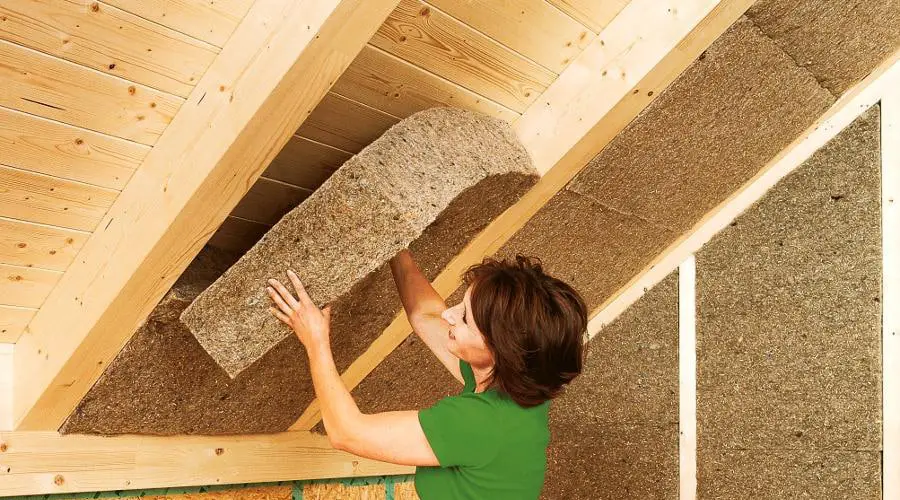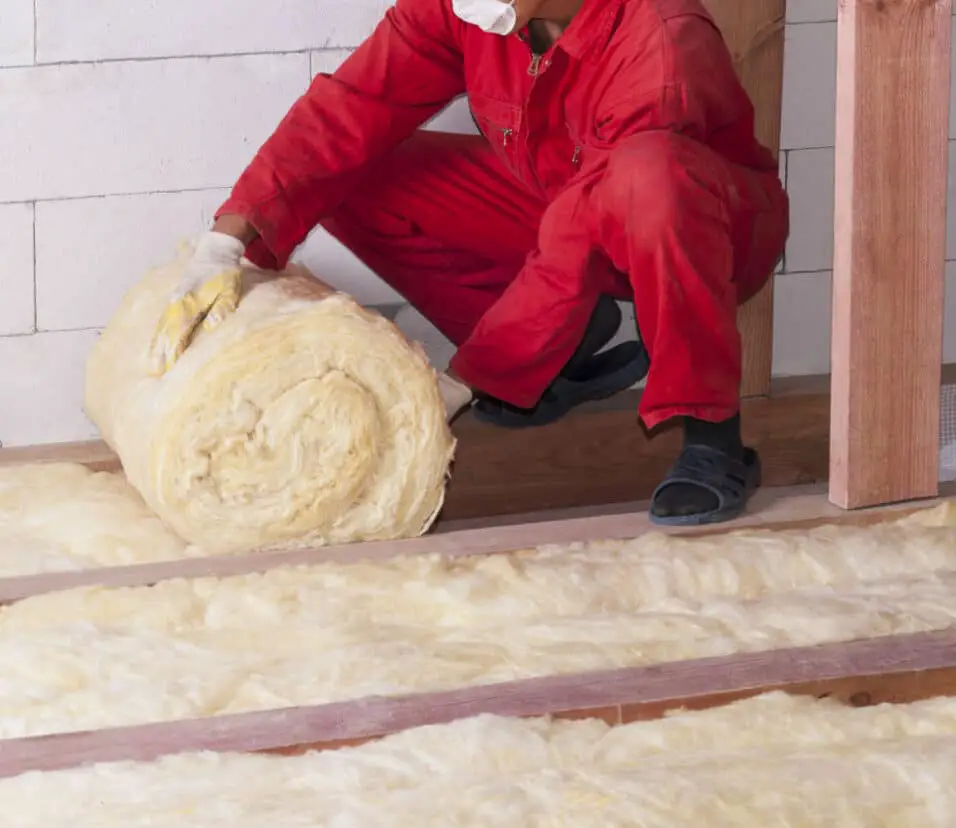How To Install Foam Board Insulation In Metal Building
Introduction
How To Install Foam Board Insulation In Metal Building: Installing foam board insulation in a metal building is a strategic and cost-effective way to enhance its energy efficiency and comfort. Metal buildings are susceptible to temperature fluctuations due to their high thermal conductivity, making insulation crucial for maintaining a comfortable interior environment. Foam board insulation, renowned for its exceptional insulating properties, is an ideal solution to minimize heat transfer and reduce energy consumption. This step-by-step guide will walk you through the process of installing foam board insulation in a metal building, ensuring a well-insulated space that remains cool in the summer and warm in the winter.
We will cover the essential pre-installation preparations, including measuring the dimensions of your building and calculating the insulation materials needed. We’ll then delve into the selection of appropriate foam board insulation types and their respective R-values to suit your specific needs. The board installation process will be detailed comprehensively, from gathering the necessary tools to affixing the insulation boards securely to the metal building’s walls and roof. Additionally, we’ll discuss methods for sealing joints and edges effectively to prevent air leakage, maximizing the insulation’s effectiveness.
By following this guide diligently, you will not only contribute to the energy efficiency of your metal building but also create a more comfortable and sustainable living or working space. So, let’s get started on transforming your metal building into a well-insulated haven of comfort and energy savings.
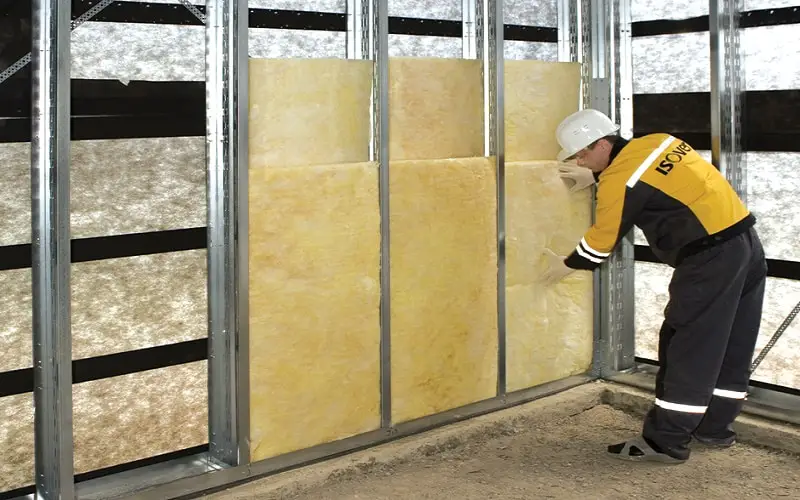
Does foam insulation stick to metal?
Yes. All panels are properly installed and fastened securely.
Yes, foam insulation does adhere well to metal surfaces, making it a suitable choice for insulating metal buildings. Foam insulation, such as foam board insulation, is designed to provide excellent adhesion to various materials, including metal. It typically comes with adhesive backing or can be easily affixed using appropriate adhesive products.
When installing foam insulation in a metal building, proper surface preparation is essential for ensuring a strong and long-lasting bond. Cleaning the metal surfaces to remove any dirt, dust, or grease is crucial to achieving optimal adhesion. Additionally, using adhesive products specifically formulated for foam insulation and metal substrates further enhances the bonding process.
Foam insulation’s ability to stick to metal surfaces is advantageous, as it helps create a seamless barrier against heat transfer and air infiltration. This adherence minimizes the chances of gaps or voids that could compromise the insulation’s effectiveness.
What insulation is best for a metal building?
There is a reason fiberglass insulation has long been the insulation of choice among metal building buyers, contractors and building erectors.
Reflective foil insulation, often in the form of radiant barriers, works by reflecting heat away from the building. It consists of a layer of reflective material that prevents radiant heat transfer. This type of insulation is particularly effective in hot climates, helping to keep the interior cooler by reducing the amount of heat that penetrates the building.
On the other hand, spray foam insulation offers excellent coverage and insulation value. It expands upon application, filling gaps and crevices in the metal building’s structure, creating a seamless thermal barrier. Spray foam insulation provides both insulation and an air barrier, minimizing heat loss and air leakage.
Ultimately, the choice between these insulation types depends on your priorities. Consulting with insulation professionals can help you determine the best insulation solution tailored to your metal building’s specific requirements.
How do you attach foam insulation to metal?
The tape serves as the short-term hold and the glue serves as a longer-term hold.
Attaching foam insulation to metal surfaces involves several methods, each requiring careful preparation for optimal adhesion and insulation performance. One common approach is using adhesive products specifically formulated for foam insulation and metal substrates.
Mechanical fasteners, such as screws or nails with washers, can also be used to secure foam insulation to metal. This method is effective for thicker foam panels and provides a reliable attachment. For spray foam insulation, the process involves applying the foam directly onto the metal surfaces. The foam adheres to the metal as it expands and hardens, creating a seamless barrier. Proper surface cleaning and preparation are crucial to ensure a strong bond in this method as well.
Regardless of the chosen method, surface preparation is key. Clean the metal surfaces to remove dirt, grease, and debris that could hinder adhesion. Additionally, ensure that the insulation panels are properly aligned and fitted, avoiding gaps that could compromise the insulation’s effectiveness. Proper installation ensures a well-adhered and effective insulation layer that enhances energy efficiency and comfort.
How thick is metal building insulation?
When choosing metal building insulation, there are several thicknesses or R-Value’s to choose from ranging from 2 5/8″ R-8 to 9.5″ R-30. Up to 6″ R-19 can be used in a single layer appliction. Multiple thicknesses or layers can be combined in a double layer system to achieve high R-values.
However, common insulation thicknesses for metal buildings typically range from 2 inches to 6 inches or more.
In colder climates, thicker insulation is often recommended to provide better thermal resistance and minimize heat loss. Thicker insulation helps maintain a more consistent interior temperature and reduces energy consumption for heating. The insulation thickness also depends on the insulation material used.
What are the essential pre-installation preparations that need to be carried out before installing foam board insulation in a metal building?
Firstly, a thorough inspection of the metal building’s surfaces is imperative. Ensure that the walls and roof are free from any debris, dust, grease, or contaminants that might hinder proper adhesion. Cleaning these surfaces thoroughly guarantees optimal bonding between the foam insulation and the metal structure.
Additionally, accurately measuring the dimensions of the building is essential. This step aids in calculating the precise amount of foam board insulation needed for complete coverage. It’s crucial to account for corners, openings, and any irregularities in the building’s structure during this measurement process.
Lastly, gathering the necessary tools and materials is essential. This includes not only the foam board insulation itself but also the appropriate adhesives, fasteners, and cutting tools. Being well-prepared with the right equipment streamlines the installation process and minimizes disruptions during the insulation project. By meticulously addressing these pre-installation preparations, you lay a solid foundation for a successful foam board insulation installation in your metal building.
What are the primary methods for affixing foam board insulation securely to the walls and roof of a metal building?
Securing foam board insulation effectively to the walls and roof of a metal building involves employing primary methods that ensure a secure and long-lasting bond. The two predominant techniques for affixing foam board insulation are adhesive application and mechanical fastening.
Adhesive Application: Using adhesive products specifically formulated for foam insulation and metal surfaces is a common approach. Apply the adhesive to the back of the foam insulation panels and then press them firmly against the metal surfaces. This method creates a strong, uniform bond and minimizes the risk of air gaps or thermal bridging.
Mechanical Fastening: Mechanical fasteners such as screws or nails with washers can be utilized to secure foam insulation to metal structures. These fasteners penetrate the insulation and grip the metal, providing reliable attachment. Proper spacing of fasteners is crucial to prevent insulation sagging and maintain consistent insulation coverage.
The choice between these methods depends on factors such as the insulation thickness, building design, and local building codes. Often, a combination of both methods may be employed for enhanced insulation security.
What are the recommended tools and equipment needed for a successful foam board insulation installation in a metal building?
Utility Knife or Foam Cutter: Foam insulation requires screws or nails with washers for mechanical fastening. Fasteners should match foam insulation and metal building structures.
Safety Gear: Goggles, gloves, and a dust mask protect you when cutting and handling insulation materials during installation. A ladder or scaffolding may be needed to reach and install insulation in upper regions, depending on building height.
Sealing Materials: Caulk or expanding foam can seal gaps and cracks to stop air from entering and increase insulation.
Markers or Chalk: Marking tools help indicate proper placement and alignment of insulation panels before securing them.
Could you describe the step-by-step process for measuring the dimensions of the metal building and calculating the required insulation materials accurately?
Prepare Tools: Gather a tape measure, straightedge, and square for accurate measurements.
Measure Walls and Roof: Start by measuring the length, width, and height of each wall and the roof. Note any openings like windows or doors.
Calculate Area: Calculate the surface area of each wall and the roof (length × height for walls, length × width for roof) and sum them.
Account for Openings: Subtract the total area of windows, doors, and other openings from the calculated surface area to get the net area to insulate.
Consider Insulation Thickness: Decide on the desired insulation thickness. Multiply the net area by the chosen thickness to calculate the total volume of insulation needed.
Account for Wastage: Factor in potential wastage due to cutting and fitting. You can add a percentage (e.g., 10%) to your total volume.
Select Insulation Type: Based on the volume and insulation type, consult the manufacturer’s information to determine the required number of insulation panels or rolls.
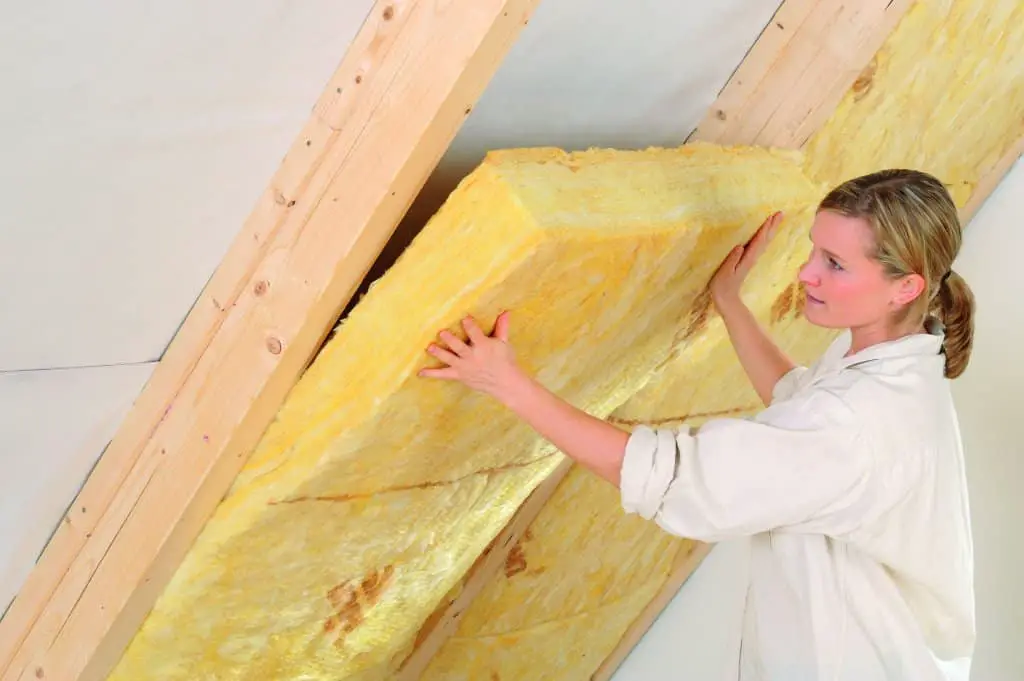
Conclusion
The installation of foam board insulation in your metal building is a transformative endeavor that promises long-lasting benefits. By fortifying your building’s thermal resistance, you’ve taken a significant step towards reducing energy consumption and utility costs. The carefully planned installation process, from measuring and selecting materials to the meticulous application and sealing, ensures that your efforts will yield a comfortable and energy-efficient space.
With your newly insulated metal building, you’ve created an environment that resists temperature extremes, enhancing occupant comfort throughout the year. The insulation’s ability to minimize heat transfer not only improves indoor temperature regulation but also contributes to a reduced carbon footprint, aligning with sustainable practices.
Remember, the successful installation of foam board insulation demands precision and attention to detail. Your commitment to this process will undoubtedly result in a metal building that stands as a testament to your dedication to energy efficiency and comfort. As you relish the benefits of a well-insulated space, take pride in knowing that you’ve not only transformed your immediate surroundings but also made a positive impact on the environment and your long-term savings.



